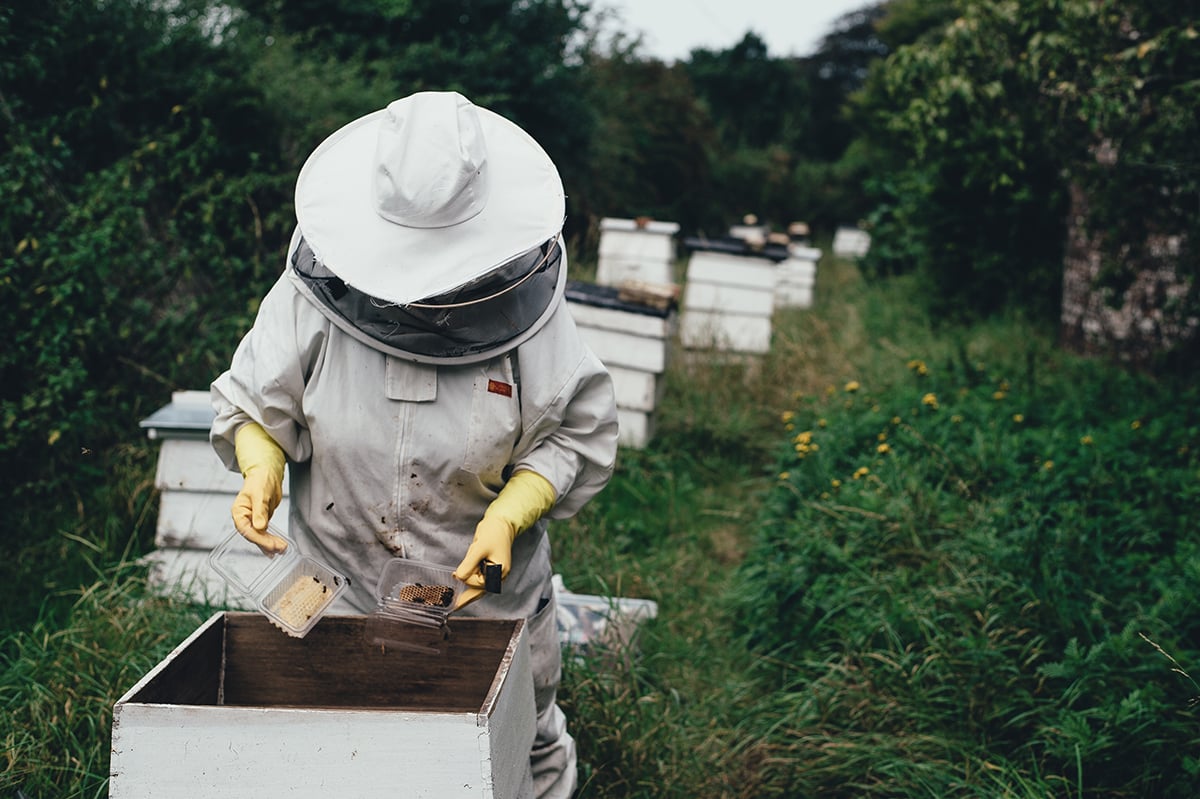Environmental Testing Bee Colonies for Future Mars Missions

Lately, there has been a lot of talk about colonizing Mars - but future mars missions may actually need a little more BUZZ if they are going to to be successful.
Researchers at the Lunares Research Station, in Pila, Poland have created a facility that simulates what it would be like to live and work at a base on the moon or Mars. In a recent experiment, observed about 90,000 honey bees in an environmentally controlled tent.
A recent Wired.com post explains that, “The goal was to see whether bees could join a mission to the moon or Mars, where these prolific pollinators could help sustain gardens attached to a base. Lunares researchers wanted to observe how life in an enclosed space would affect honeybee colonies, so they ran two two-week-long experiments, known as Habeetat-1 and Habeetat-2. The apiary was inside a sealed tent, where scientists monitored the hives’ temperature, humidity, and hive weight, among other things ...The appeal of honeybees is they could both pollinate the first lunar or Martian gardens and provide nutritious honey for astronauts on a long-duration deep space mission.”
Unfortunately, the bees did not fare well in the initial experiments. According to Lunares R & D manager, Aleksander Wasniowski, “Around 1,000 to 1,200 bees died every four days,” Wasniowski says. “It was almost a little scary because you don’t see this in nature, but in isolation the dead bees covered the floor.”
One of the reasons the researchers believe the bees struggled in the unatureal isolation tents was that, for some reason, the bees reproduction rate declined within the hive which led to a drop in temperature. In turn, the drop in hive temperature accelerated death rates further.
The Lunares team does plan on conducting more bee isolation experiments and their plan is to study how they could manipulate the isolation chamber’s environmental conditions to prevent the bee colonies from dying.
Perhaps Lunares should give us a call - Associated Environmental Systems is a global leader in designing and manufacturing precisely controlled environmental chambers and rooms. Our WR series walk-in room (perfect for bee testing) can simulate a wide range of environmental conditions, with temperature settings ranging from -65°C to 150°C.
For more information about Associated Environmental Systems environmental chambers or rooms, click HERE. You can also contact one of our expert representatives by clicking HERE or click the chat-box to the right of this page.
Photo by Annie Spratt on Unsplash


